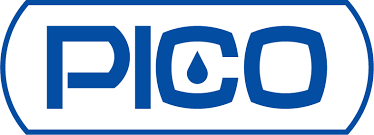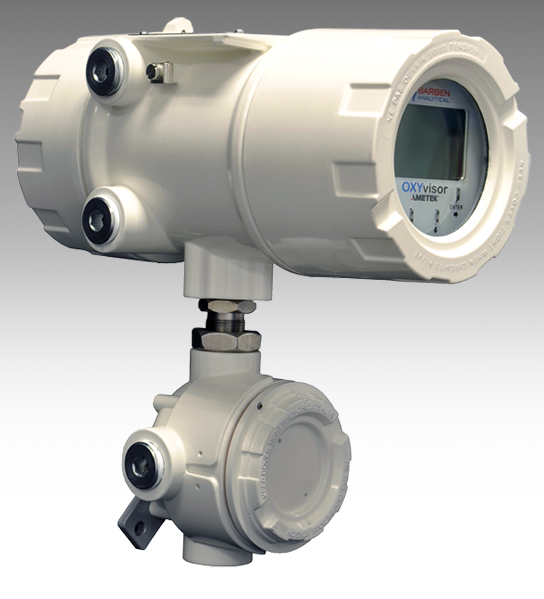OXYvisor
Process Analytical
Buniness Unit Manager : Mr. Pakpoom Noi-u-thai
Tel : 081-874-5764
E-mail : pakpoom@pico.co.th
Admin
Tel : 02-939-5711 ext. 456
E-mail : process@pico.co.th
■ Trace (ppm) to % level Oxygen measurement in gas & liquid applications
■ Measurement accuracy and drift not affected by % H2 S, CO2 , SO2 and H2
■ Auto-Calibration & Remote Validation – Timer-based or user initiated (HMI or RS485) – Test Gas Insert (HMI or RS485)
■ Rugged Field Enclosure – Local Display & HMI – IP66, NEMA 4x – Through-the-glass operation keypad
■ Pressure Compensated Measurement – Ambient (On-board) sensor and 4-20 mA active input for in-line pressure transmitter
■ Hazardous Area Approvals Zone 1 – IEC/ATEX/CEC/NEC Class I, Div 2 – cULus (Zone 2 pending)
■ OXYvisor PC software for configuration, set-up, diagnostic and trending
■ Works with BOSx FlexSense oxygen sensors with simple, replaceable sensing caps
The OXYvisor optical oxygen Analyzer is Barben Analytical’s next generation solution for oxygen measurement in industrial applications. When paired with the BOS optical oxygen sensor’s quenched luminescent technology, the OXYvisor provides the ability to measure oxygen in liquid and gas phase processes.
Typical Applications – Gas Phase (g)
■ O2 in hydrocarbon streams – Vapor recovery units (VRU’s) – Gathering lines/headers – Gas plant inlets – Booster stations / compressor – Custody transfer points – Transmission and distribution
■ Trace O2 detection in nitrogen headers
■ Biogas oxygen detection (moisture and H2 S)
■ Pure ethylene and propylene production
■ O2 in nitrogen tank blanketing
■ Trace to % level oxygen in syngas gas
■ Annealing furnaces (H2 and inert gases) [ Limit of Detection: 0.5 ppm O2 @ 1atm, 20ºC (0.0005 hPa) ] Typical Applications – Liquid Phase (l)
■ ppb dissolved O2 for water-flood injection
■ Produced water Dissolved O2
■ Oxygen in methanol and ethanol
■ Oxygen in oil separation
■ O2 in aqueous and non-aqueous solutions
Principle of Operation
The OXYvisor analyzer uses an optical phase fluorometric technology to measure process oxygen. Phase modulation of the luminescent decay time of an oxygen specific luminophore allows the calculation of the partial pressure of oxygen concentration with the process stream.
The analyzer uses an LED to emit blue light through fiber optic cable down to the luminophore which resides at the sensor tip. The luminophore absorbs the energy and rises to an excited state indicated by red light returned back through the fiber optic cable. The properties of the emitted light are measured through a photomultiplier tube back at the spectrometer within the analyzer.
In the absence of oxygen, the excited luminophore will fall back to its ground state at a specific intensity and phase angle. When oxygen is present it quenches the fluorescence at a lower rate proportional to the oxygen concentration. The phase shift and intensity differences between the excitation source and the fluorescent signal is measured and the oxygen concentration is calculated.
The resulting measurement is specific to oxygen concentration. The luminophore is unaffected by other contaminant gases and flow rate. The measurement is applicable in both gas and liquid phase. Temperature compensation is required to account for quenching efficiency at different temperatures and pressure compensation is required to measure at process pressured different than the pressure at time of calibration.

